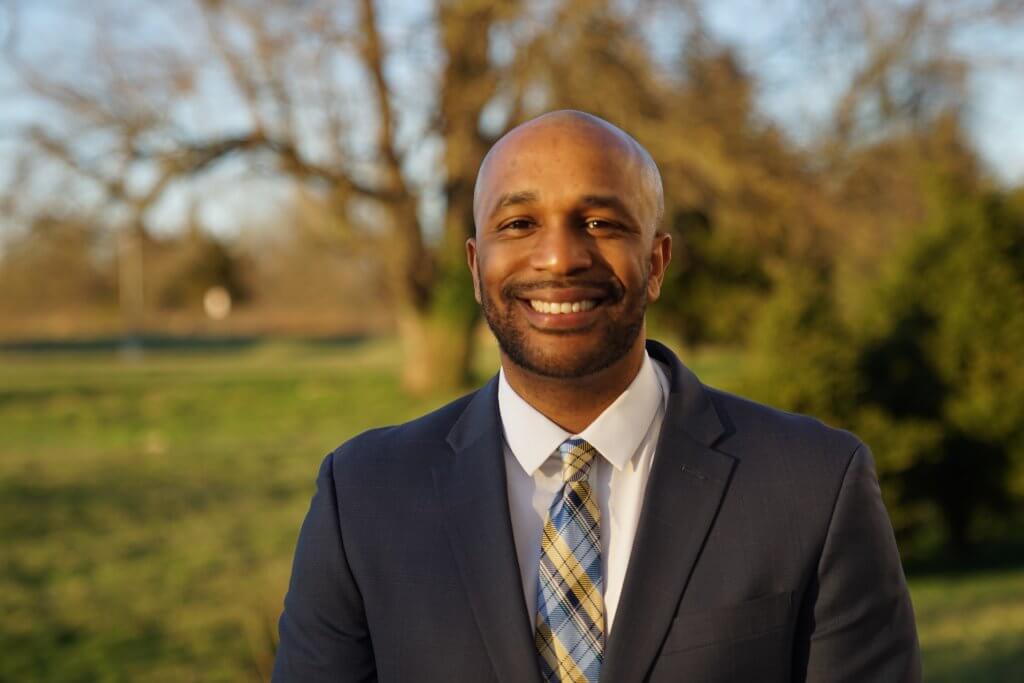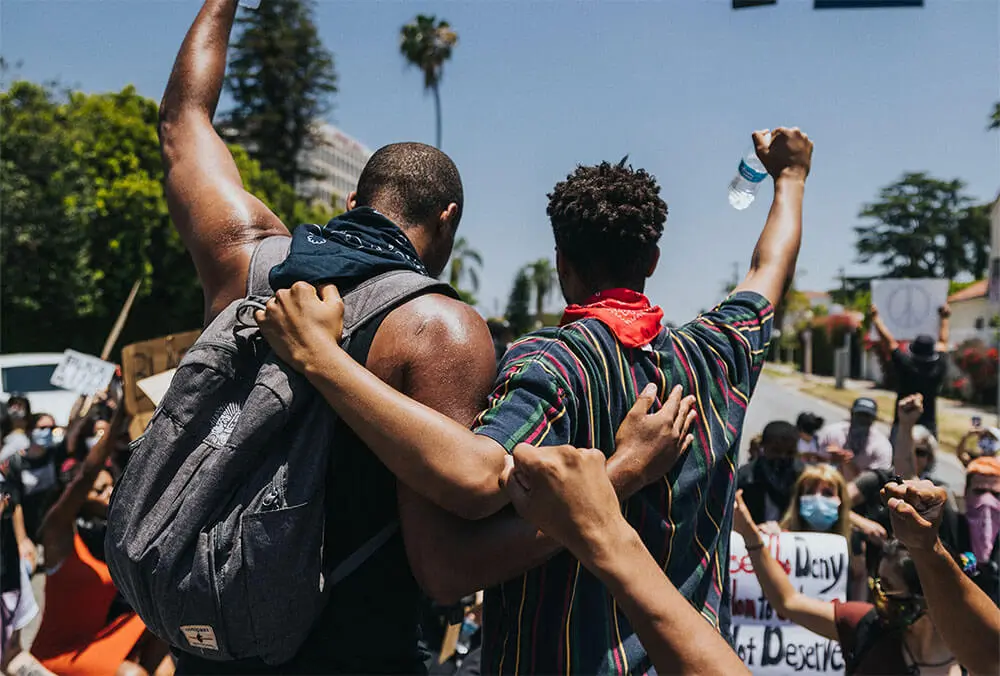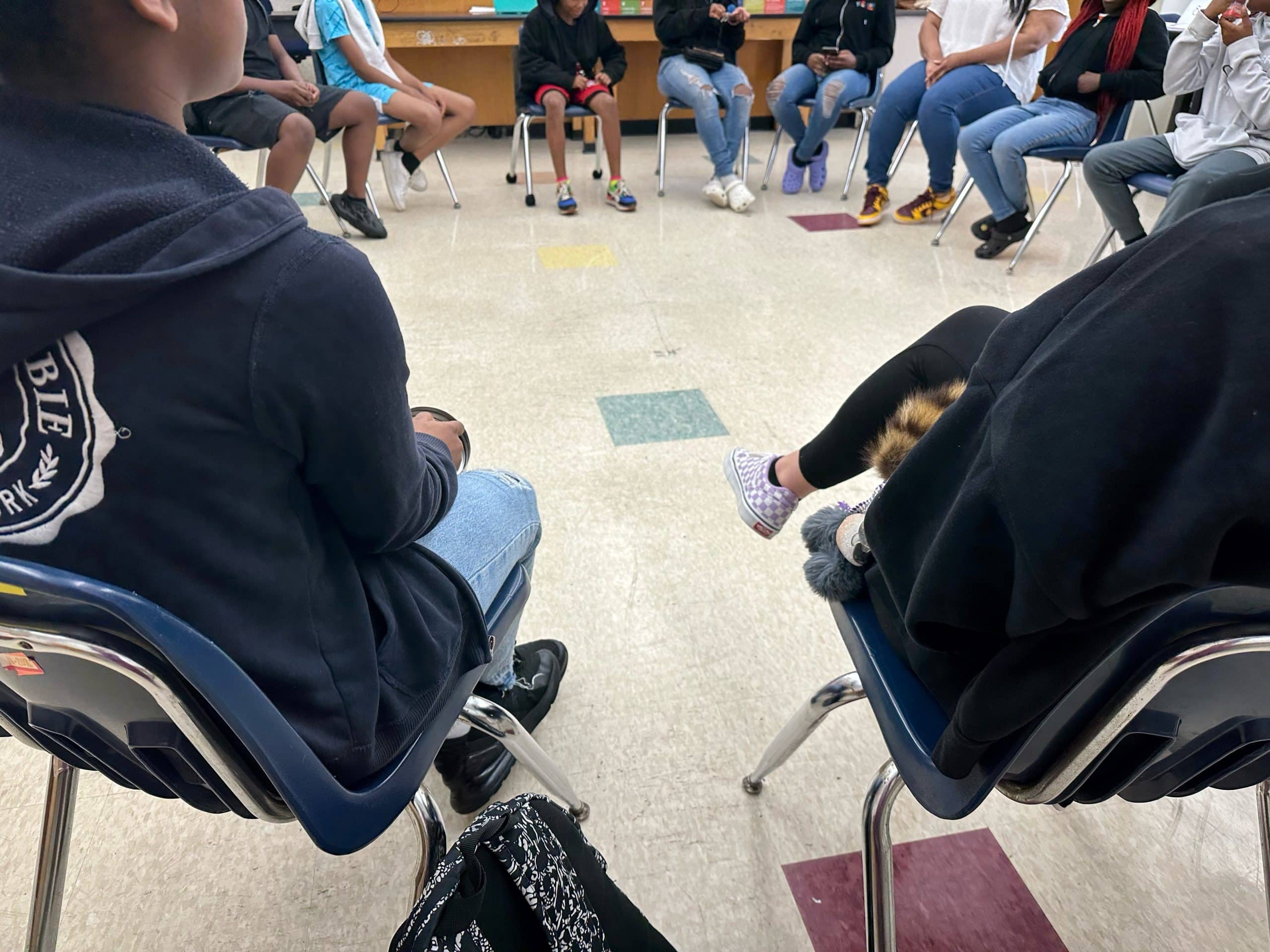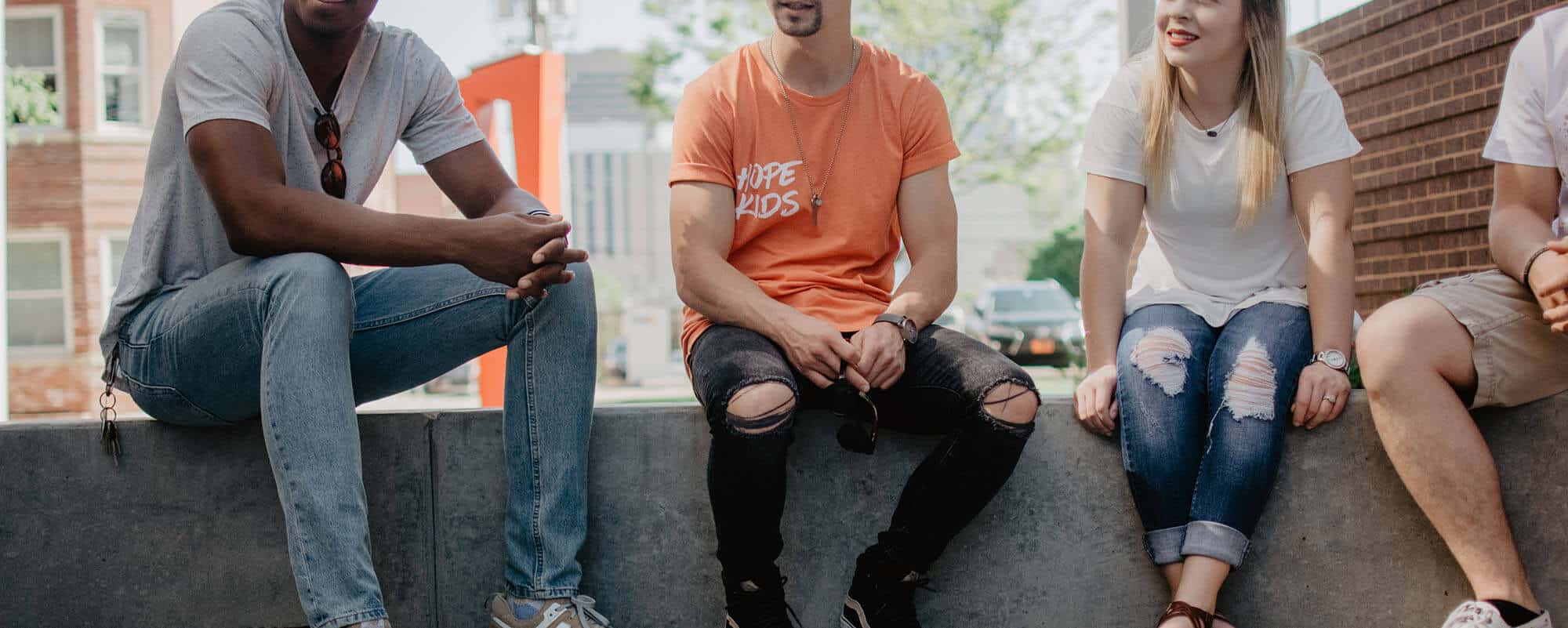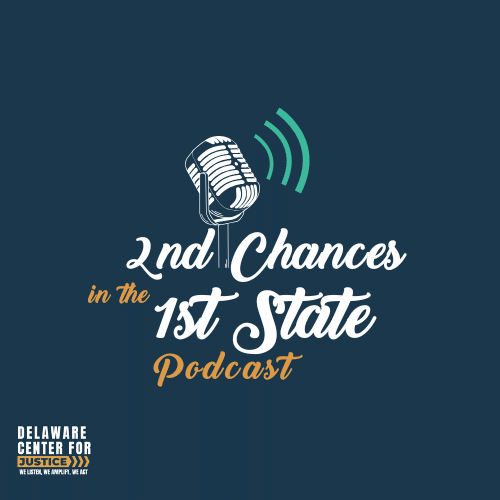Another reign of terror toward innocent people happened on May 14, 2022, in America. Unfortunately, incidents like these show up more and more on my news feed. Ten people were killed and three wounded while going to the grocery store in Buffalo, New York. (The grocery store is now added to the places that are unsafe for Black and brown people.) The only common denominator of the victims is the color of their skin. A white supremacist intentionally went into a predominantly black community—hundreds of miles from his home — to do what has been done countless times in this country.
Acts like this play a large factor in the trauma Black Americans live with on a daily basis. Let’s step back for a second and think about the ramifications of seeing Black lives taken and shared online.
Psychological Trauma
To witness domestic terrorism — in everyday places — and then be expected to go on as if nothing happened causes psychological trauma. It is a shared trauma among members of Black and brown communities who feel gaslit when they return to work and their coworkers don’t acknowledge their pain. When they turn on the television or scroll social media and see select politicians, journalists, and their neighbors defend those who espouse racist “replacement theories” as being somehow not racist.
Gaslighting
Historically, gaslighting is a major component of covert racism. Gaslighting undermines a person’s judgment, perception, or memory. Racial gaslighting makes the victim question their judgment on issues of racism. This psychologically abusive behavior is at work again with the murderer Payton Gerdon pleading not guilty due to mental illness. Select journalists and politicians alike are co-signing that it was indeed a mental illness. Despite his own racist manifesto and ideological beliefs, the Black community is gaslit once again.
Healing
Scars heal, but they also leave a mark as a reminder of the pain. Unfortunately, Black people haven’t had the chance of collective healing. Instead, America keeps picking the scab and festering the wound. Recently, Greg Foster, a prison guard at Attica Correctional Facility posted on FaceBook a picture of Tops grocery store that read “ Clean up on aisle 3, no wait 4, also on 7, 9, 12, and 13”. Microaggressions such as this don’t stop, and everyday Black people have to try and navigate in a world where their bodies are expendable. There’s no healing living under these circumstances.
So what is the path to healing? Do something. Ask yourself, “What am I doing to end racism?”. And then get to work. Be an ally. We often think allyship is only protesting. It is more than that. Vote. Hold your local legislators accountable. Check on your Black and brown friends. Speak up when you see microaggressions. Don’t stand idly by as racism and Black trauma continues to manifest.
